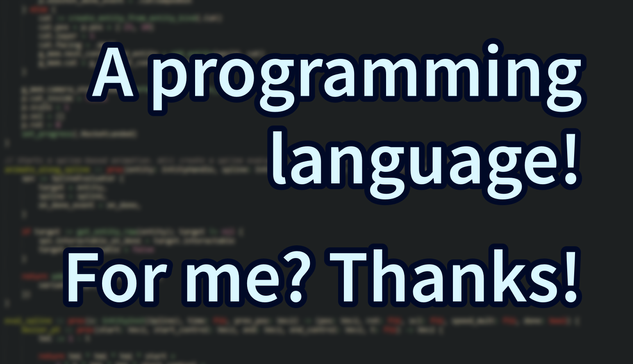➤ 函數著色的本質與 Zig 的新 I/O 設計
✤ https://blog.ivnj.org/post/function-coloring-is-inevitable
這篇文章探討了 Zig 程式語言新 I/O 模型的設計,以及它是否解決了函數著色問題。作者分析了 Zig 的新 I/O 方法,指出它將函數著色的重點從阻塞/非阻塞的選擇轉移到 I/O/非 I/O 的區別。儘管這種方法在語法上統一了 I/O 操作,但作者認為它並未真正解決函數著色問題的根本,因為函數的行為仍然依賴於 I/O 運行時環境。然而,作者也肯定了 Zig 在改善開發者使用體驗方面的優點,認為其設計在統一不同執行模型的處理方式上表現出色。
+ 「我一直覺得函數著色很難理解,這篇文章解釋得蠻清楚的,讓我對 Zig 的新 I/O 有了更深入的認識。」
+ 「雖然作者對 Zig 的新 I/O 有一些保留,但承認它在使用者體驗上的優點,這挺客觀的。畢竟,方便性也很重要。」
#程式語言設計 #非同步 I/O #Zig

